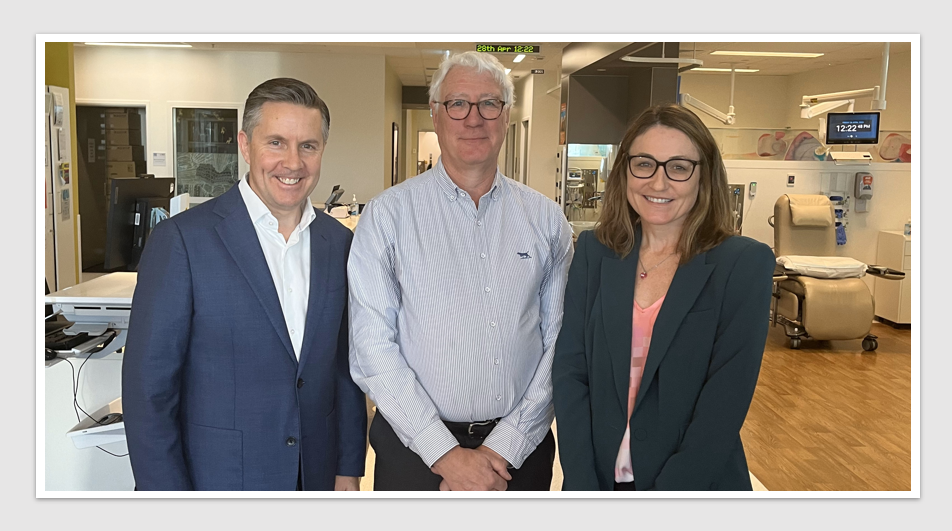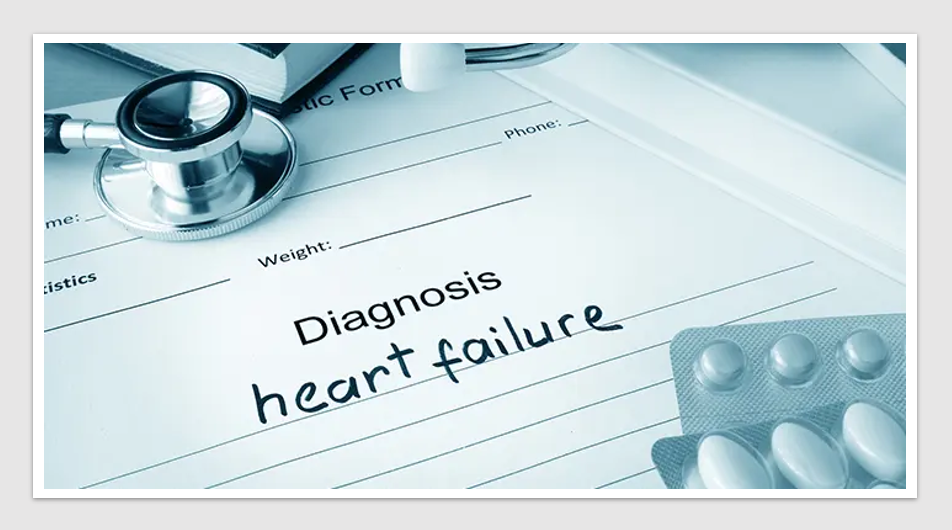Market Research & Insights
Australia’s Life Sciences sector snapshot

The life sciences sector in Australia includes companies and organisations in industry (medical technologies, pharmaceuticals, digital health, food and agriculture), research institutes, government and regulation, funding bodies and support services.
The Sector Snapshot 2019 (the Snapshot) was commissioned by AusBiotech to provide both an overview of the sector in Australia, in terms of organisation and employment numbers, and to determine how the sector has changed since 2017 when this data was collected for the first time.
This report shows industry growth of 16 per cent in two years. The research also shows that 55 per cent of the 1,852 organisations are industry-based: 1,017 companies employ 87,397 individuals; it is the highest employer of the life sciences workforce (36 per cent).
The Australian life sciences industry is dominated by the medical technologies and digital health companies (387), followed by pharmaceutical companies (340) and then food and agriculture companies (290). Each of these areas has seen a growth of 19 per cent, 21 per cent and 7 per cent respectively since 2017.
About 86 per cent of these industry companies (875) are classified as small to medium enterprises (SMEs). Victoria is the largest life sciences state in industry, with 32,849 employees across 372 organisations. New South Wales is a close second, with 31,365 employees across 365 organisations. Together, the two states represent almost 73 per cent of the life sciences industry in Australia.
There are approximately 243,406 people currently employed within the Australian life sciences sector across 1,852 organisations. This has increased from 232,213 people across 1,654 organisations as shown in 2017, representing a growth of 5 per cent and 12 per cent respectively.
In terms of the economic impact of the sector, there are currently 161 life sciences companies on the Australian Securities Exchange (ASX), compared to the 140 reported in 2017, demonstrating a 15 per cent increase in listings in two years. These companies have a market capitalisation of approximately $170 billion.
In terms of gender equity, female representation is very close to or over 50 per cent in funding bodies, government and regulatory organisations, research institutions and support service companies. However, women in industry are still under-represented in industry (32 per cent). Despite this, women in executive-level positions and on boards within industry has increased from 2017 (22 percent to 25 percent, and 13 per cent to 15 per cent, respectively). Overall, female representation in management level positions across the sector remains below 50 per cent.
The substantial strength of the life sciences sector, shown in this snapshot through the growing number of organisations in the area and the people employed within it, depicts an actively thriving ecosystem where technological innovations from fundamental scientific research are developed into real-world solutions via the industry.
The life sciences sector has been identified by the federal government as one of the sectors of strategic priority in Australia for the future and accordingly a strong commitment has been made by the government, in terms of both financial and infrastructural support to further nurture growth in this area. High-tech industries generate globally competitive economies and sustainable, high-skilled jobs.
You may also like Stem cell therapy might finally put an end to chronic pain
REGISTER FREE to access Health Industry Hub’s e-news bulletin; the only one-stop-hub connecting Pharma, MedTech and Biotech industry professionals.
Medical

NSW Health to settle ‘largest’ class action
A class action alleging NSW Health underpaid clinicians has settled after the department agreed to a payout of nearly a […]
MoreNews & Trends - Pharmaceuticals

Lilly’s first-in-class therapy PBS listed for early breast cancer after 15-year gap
Pharma News: Australians diagnosed with early-stage breast cancer, particularly those at high risk of recurrence, will gain access to the […]
MoreNews & Trends - Pharmaceuticals

AstraZeneza secures four PBAC nods in oncology, diabetes, kidney and rare diseases
Pharma News: AstraZeneca has scored four positive Pharmaceutical Benefits Advisory Committee (PBAC) recommendations following the March meeting. These recommendations, spanning […]
MoreNews & Trends - Pharmaceuticals

PBAC recommendation to reshape prescribing in heart failure
Pharma News: Aligned with the government’s Scope of Practice Review, the Pharmaceutical Benefits Advisory Committee (PBAC) has made a practice-changing […]
More